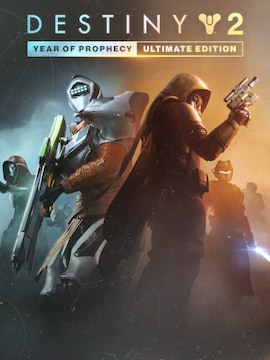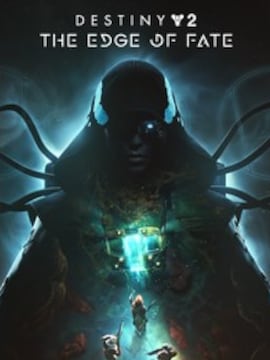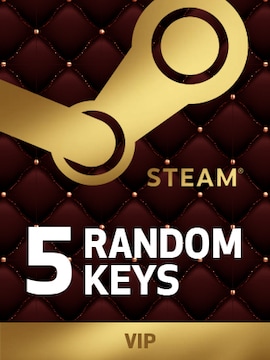Welcome to Fantasy Life, a cozy, slightly quirky RPG that mixes life sim elements with classic role-playing.
You get to pick from 14 different careers – called “Lives” – ranging from woodcutter to wizard. Each one gives you a different way to experience the world, offering fresh mechanics, tasks, and goals. Whether you’re in it for the combat, the crafting, or just fishing by the shore, the game lets you progress however you like, at your own pace.
Fantasy Life Timeline
The Fantasy Life series currently includes at least two main games:
- Fantasy Life (Nintendo 3DS) – The original release, well-liked for its open structure, colorful world, and surprising amount of content after the credits roll.
- Fantasy Life i: The Girl Who Steals Time – A newer title that sticks with the same core ideas: multiple Lives, flexible progression, and a mix of story and sandbox.
While both titles clearly belong to the same series, there’s no official timeline or detailed explanation of how – if at all – their stories are linked. It’s also unclear whether Fantasy Life i: The Girl Who Steals Time is a direct sequel or more of a spiritual follow-up, sharing the same mechanics and setting rather than continuing a specific storyline.
What Order to Play
There’s no set-in-stone order to play these games. You can jump straight into Fantasy Life i even if you’ve never touched the original on 3DS. Players say the key elements that made the first game so enjoyable: freedom to mix Lives, explore freely, and hop in and out of the main plot are all still there.
In Fantasy Life i, things start off fairly structured. The game eases you in with a more linear introduction, but it doesn’t take long before you’re free to shape your own path. Depending on your style, you might:
- Follow the main story to see where it leads
- Spend time leveling different Lives in between story chapters
- Ignore the plot for a while and just focus on crafting, gathering, or exploring
There’s no “wrong” approach here. Some players like to keep their Lives leveled in sync with the challenges they face. Others enjoy lingering on the starting island, soaking in the relaxed atmosphere and slower pace. And for those chasing long-term goals, much of the deeper content like rare items, special recipes, and bigger challenges starts to show up in the endgame.
How the Games Are Connected
What really connects these games isn’t an ongoing story, but a shared structure and tone. At the center of both games is the “Lives” system, which divides professions into three broad types:
- Combat (like Paladin, Hunter)
- Gathering (like Miner, Angler)
- Crafting (like Cook, Carpenter)
Each Life offers its own gameplay loop, but they all support one another. You gather materials, use them to craft items, and then apply those creations in battle or simply use them to make your surroundings feel more your own. That satisfying loop of collecting, creating, and progressing is a key part of what defines the series.
While the mechanics should feel familiar to fans of the 3DS game, there’s no confirmation that Fantasy Life i brings back specific characters or continues individual storylines from the first title.
Story Arcs Recap
The story in Fantasy Life i doesn’t throw you into the deep end. It starts out guided, giving you time to learn the basics before opening up. Based on what players have shared, early story beats include:
- Beginning your journey on a kind of “tutorial island”
- Owing a debt to a character named Anne
- Gradually unlocking more freedom and more meaningful use of your Lives as the story builds
That said, no complete story breakdown or detailed character guide is widely available. Most of what players talk about focuses more on how the story is structured and how it supports the flexible gameplay rather than on specific narrative moments.
Conclusion
Fantasy Life isn’t about rushing to the finish line or min-maxing every stat but rather about finding your rhythm, trying out different Lives, and enjoying the journey along the way. Whether you’re swinging a sword, baking bread, or just catching fish for an hour straight, the game gives you the space to play how you want.
New or returning, there’s something relaxing about a game that doesn’t pressure you to be everything at once. And while the story might not tie everything together in a neat arc, the shared mechanics, charm, and flexibility are more than enough to keep both games feeling connected.
If you’re curious, just pick a Life and start there. The rest will come naturally.






